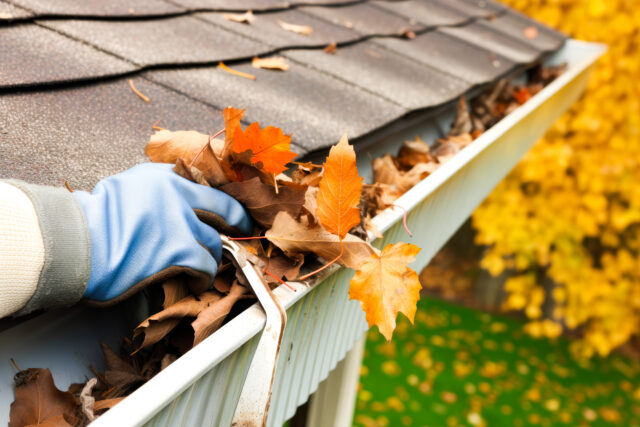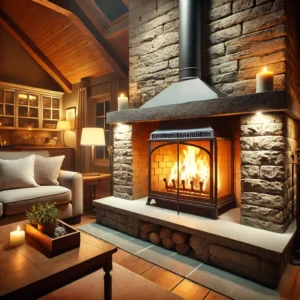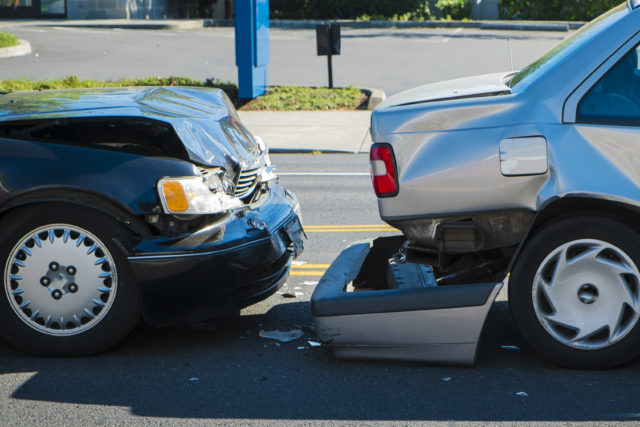Gun Safety in the Home: Essential Tips to Keep Your Family Safe
 Owning a gun comes with significant responsibility, especially when there are others living in your home. Whether you’re a new gun owner or have had firearms for years, ensuring gun safety in the home is crucial to preventing accidents. Safe gun practices protect your family and others, creating a secure environment for everyone. Don’t let lack of gun safety procedures land your family in the news.
Owning a gun comes with significant responsibility, especially when there are others living in your home. Whether you’re a new gun owner or have had firearms for years, ensuring gun safety in the home is crucial to preventing accidents. Safe gun practices protect your family and others, creating a secure environment for everyone. Don’t let lack of gun safety procedures land your family in the news.
Let’s dive into key gun safety tips that will help you achieve peace of mind while promoting responsible gun ownership.
Why Gun Safety Matters
The presence of a firearm in the home can offer protection in dangerous situations, but it also increases the risk of accidental injury. According to the National Safety Council, nearly 500 accidental gun deaths occur every year in the U.S., and many of these involve children who unknowingly access firearms. By following gun safety practices, you can significantly reduce the chance of accidents, ensuring that your weapon is only used when necessary.
Secure Storage: The Foundation of Home Gun Safety
One of the most effective ways to prevent accidents is by securing your firearms. Guns should always be stored unloaded, locked, and out of reach. Here are a few ways to safely store firearms:
- Gun Safes: A high-quality gun safe is one of the best investments a gun owner can make. Look for safes that are difficult to tamper with and have combination or biometric locks for added security.
- Locking Devices: Trigger and cable locks are another layer of safety. These make it impossible for the gun to fire, even if someone gains access to it.
- Ammo Storage: Keep ammunition in a separate, locked location. Storing your ammo apart from your gun adds an extra layer of protection.
Following these steps ensures that your firearm is inaccessible to children or unauthorized users, minimizing the chance of accidental discharges.
Teaching Gun Safety to Your Family
It’s essential that everyone in your household understands the dangers and responsibilities that come with having a firearm. Educate children about gun safety as soon as they are old enough to understand. Here are key lessons to teach:
- Stop, Don’t Touch, and Tell an Adult: If a child encounters a gun, they should stop what they’re doing, avoid touching the firearm, and immediately inform an adult.
- The Difference Between Toys and Guns: Make sure children understand that real guns are not toys and should never be handled without adult supervision.
- Respect for Firearms: Teach your family that guns are tools, not playthings, and they should always be treated with respect.
Having these conversations early on can prevent curiosity-driven accidents. Remember, if you have teenagers in the house, it’s vital to reinforce these lessons and remain vigilant.
Handling a Firearm: Best Practices for Safety
Even when you’re using your firearm, there are important safety rules to follow. These guidelines can prevent accidents while handling your weapon:
- Always Assume the Gun is Loaded: Treat every firearm as if it is loaded, even if you believe it’s empty. This mindset reduces the likelihood of an accidental discharge.
- Point in a Safe Direction: Never point a gun at anything you’re not willing to shoot. Always ensure the muzzle is directed away from people, pets, or valuable property.
- Finger Off the Trigger Until Ready to Shoot: One of the most critical safety rules is keeping your finger off the trigger until you’re fully ready to fire. Many accidental shootings occur because the trigger was touched prematurely.
These habits will help you maintain control over your weapon at all times, whether you’re at home or the shooting range.
Gun Safety and Visitors
If you frequently have guests in your home, especially children, it’s important to take extra precautions with your firearms. Never assume that visitors have the same knowledge about gun safety that you or your family possess. Before guests arrive, make sure all firearms are locked and secured. If other gun owners are visiting, discuss ground rules about safety, particularly if they’re bringing their own firearm into your home.
Safety in an Emergency: Quick Access Without Compromising Security
Many gun owners keep a firearm at home for self-defense. In an emergency, you may need to access your gun quickly. There are ways to balance fast access with safety, such as using biometric safes or combination lockboxes designed for rapid opening. These options give you peace of mind knowing that your firearm is secure from unauthorized users, yet accessible when needed.
Regular Maintenance for Safe Gun Ownership
Neglecting gun maintenance can lead to malfunctions, which could cause a safety issue. Make sure to regularly clean and inspect your firearm. Here’s what to focus on:
- Cleaning: Keep your gun free from dirt and buildup, which can cause jamming.
- Inspecting: Check for worn-out parts or other potential problems that could affect the performance of the firearm.
- Function Testing: Ensure that all mechanisms are working correctly after cleaning. If something seems off, take the gun to a professional for inspection before using it.
By maintaining your firearm, you ensure it will operate safely and effectively when needed.
Final Thoughts on Home Gun Safety
Gun safety in the home is about responsibility, awareness, and education. By securing your firearm, teaching your family the importance of gun safety, and following best practices for handling, you can significantly reduce the risk of accidents. Remember, your actions not only protect your loved ones but also set an example for others about the importance of responsible gun ownership.




 When applying for
When applying for 



 Fireplaces and chimneys are wonderful additions to any home, providing warmth, comfort, and ambiance. However, they also come with responsibilities. Ensuring your fireplace and chimney are well-maintained is crucial for keeping your home safe from fires and other hazards. This guide will help you understand the best practices for fireplace and chimney safety, so you can enjoy the cozy atmosphere without worry.
Fireplaces and chimneys are wonderful additions to any home, providing warmth, comfort, and ambiance. However, they also come with responsibilities. Ensuring your fireplace and chimney are well-maintained is crucial for keeping your home safe from fires and other hazards. This guide will help you understand the best practices for fireplace and chimney safety, so you can enjoy the cozy atmosphere without worry.


